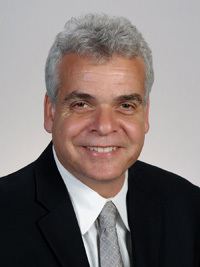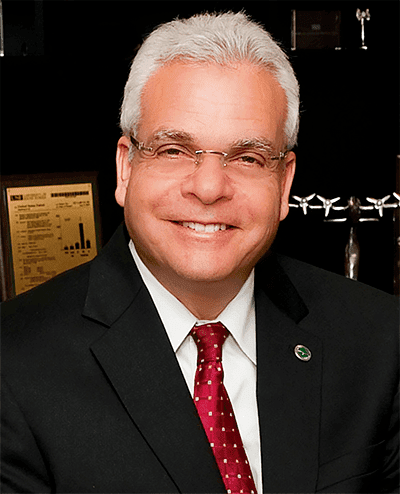Name Paul Sanberg | ||
 | ||
Paul r sanberg nai state of the academy address
Paul R. Sanberg is an American scientist and inventor. His early work focused on the causes of brain cell death. His recent research has been on methods of repairing damaged brain tissue, and, in tandem with other scientists, demonstrating that stem cells derived from the blood of bone marrow and umbilical cords can be converted to neural cells.
Contents
- Paul r sanberg nai state of the academy address
- Stevens institute of technology thomas h scholl lecture series dr paul r sanberg
- Biography
- Scientific career
- Nicotine research
- Stem cell research
- Honors
- References

Sanberg is professor of medicine, molecular pharmacology, and physiology at the University of South Florida. He is Senior Vice President for Research, Innovation and Knowledge Enterprise.
Stevens institute of technology thomas h scholl lecture series dr paul r sanberg
Biography
Sanberg attended Staples High School, in Staples, Minnesota, and received his Bachelor of Science (in Psychology and Biology) from York University, in Toronto, Ontario (Canada) in 1976. He then received a Master of Science (Neurological Sciences) from the The University of British Columbia, Vancouver, B.C. (Canada); he received his Ph.D, in 1981 from the Australian National University, which subsequently awarded him an Sc.D in 1998. He undertook a Post-Doctoral Fellowship (Behavioral Biology and Neuroscience) at The Australian National University in 1981, followed by a Post-Doctoral Fellowship (Neuroscience) at Johns Hopkins Medical School, Baltimore, Maryland (USA) from 1981–1983.
He taught at Ohio University, the University of Cincinnati, and Brown University prior to becoming the Associate Dean in Morsani College of Medicine at the University of South Florida. He was promoted at USF, eventually becoming the Senior Vice President for Research, Innovation and Knowledge Enterprise.
Scientific career
Sanberg's research has focused on the functions of the human brain, the causes of its deterioration, and treatments for mental disorders. He is a spokesperson for breakthrough treatments in the treatment of Alzheimer's, Parkinson's, Tourette syndrome, and trauma.
Nicotine research
In 2000, Sanberg and fellow scientist Archie Sliver conducted a study of the effects of nicotine patches on Tourette's victims. The study involved seventy young people with Tourette's. Those who were administered the nicotine patch along with Haldol showed significantly increased muscle control and ability to desist from verbal outbursts. The study suggests that nicotine could also be used to treat the symptoms of mental disorders including Parkinson's and Alzheimer's.
Stem cell research
In 2001, Sanberg led a study that uncovered new therapeutic uses for umbilical cord cells. The study was conducted by injecting stem cells into rats that had undergone strokes. Sanberg's team found that the injected rats recovered fifty percent more brain function than did the control group. This discovery was found to have applications to the treatment of stroke. Sanberg explained to media outlets that the umbilical cells could be injected directly into the blood stream where they would be attracted to the stroke-damaged brain. Media coverage noted that the study used only tissue from umbilical cords, most of which is discarded as waste, meaning the study was uncomplicated by the ethical questions surrounding other forms of stem cell research.
Honors
Sanberg is a fellow of the New York Academy of Sciences, the American Association for the Advancement of Science,the American Psychological Association, the Royal Society of Chemistry. the Royal Society of Medicine, the Royal Society for the Promotion of Health. the International Behavioral Neuroscience Society, the American College of Neuropsychopharmacology, and the American Psychological Society. He is founding President of the National Academy of Inventors. In 2015 he was named Medalist of the Florida Academy of Sciences.
